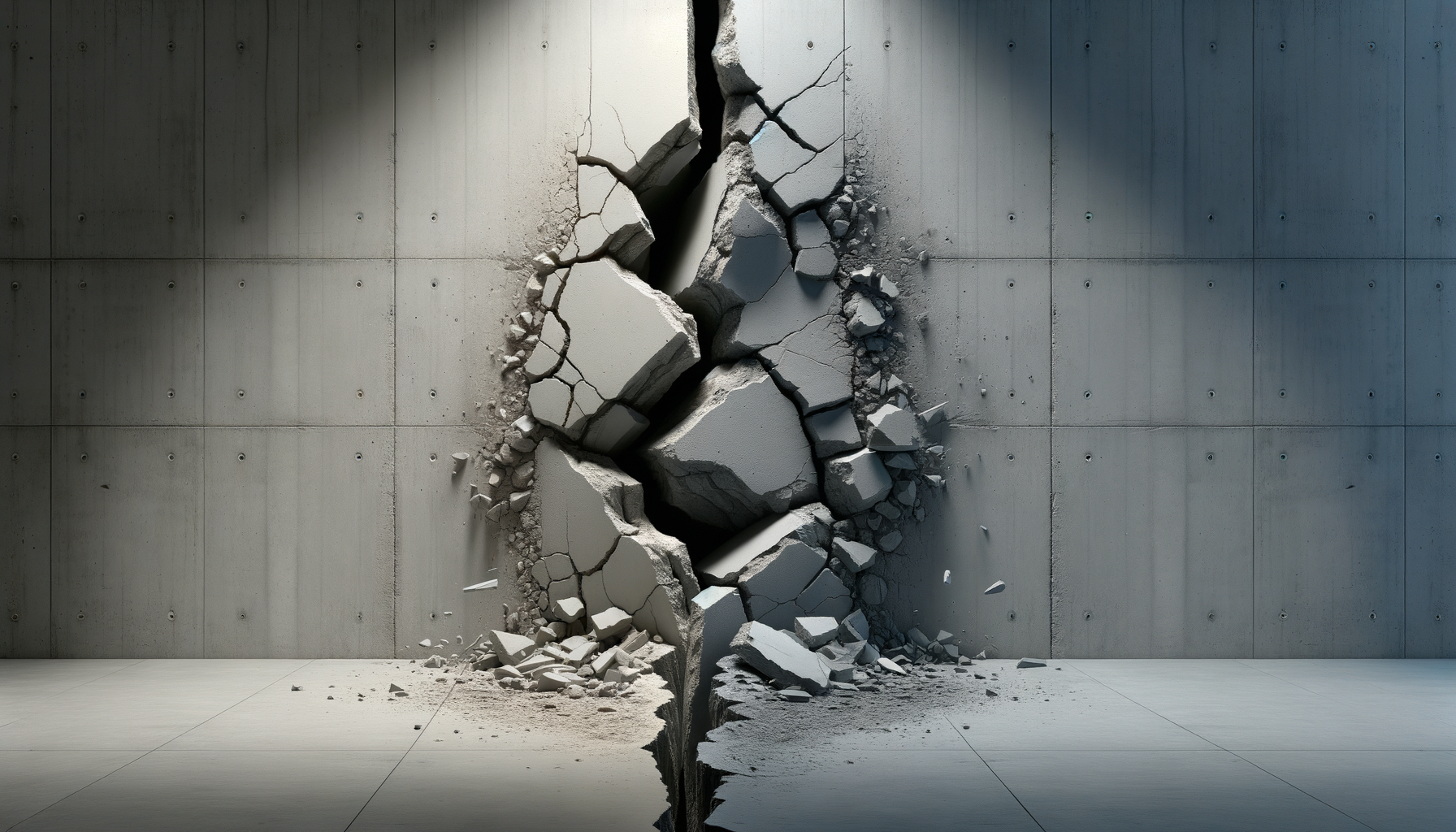Understanding the Causes of Concrete Cracks
Concrete cracks are a common occurrence and understanding their causes is crucial for effective repair. Several factors contribute to the formation of cracks, including environmental conditions, improper construction practices, and material properties. Temperature fluctuations can cause concrete to expand and contract, leading to stress that results in cracking. Additionally, the use of substandard materials or poor mixing techniques can compromise the integrity of the concrete, making it more susceptible to cracks.
Another common cause is the settling of the ground beneath the concrete. As the soil shifts, it can create voids that lead to structural instability and cracking. Furthermore, excessive loads or vibrations from nearby construction activities can also induce cracks. Recognizing these causes helps in selecting the appropriate repair techniques and preventive measures.
By addressing the root causes, homeowners and builders can mitigate the risk of cracks, ensuring the longevity and safety of concrete structures. Regular inspections and maintenance are essential in identifying early signs of cracking, allowing for timely interventions.
Types of Concrete Cracks and Their Implications
Concrete cracks can vary in type and severity, each with distinct implications. Understanding these differences is vital for selecting the right repair strategy. Hairline cracks, for instance, are thin and often superficial, posing minimal structural threat. However, they can allow moisture ingress, leading to more significant issues over time.
Structural cracks, on the other hand, are more severe and indicate potential compromise in the load-bearing capacity of the structure. These cracks often require immediate attention to prevent further damage. Shrinkage cracks occur as the concrete dries and are usually not structurally significant but can affect the surface appearance.
Settlement cracks result from the movement of the ground beneath the concrete and can lead to uneven surfaces. Identifying the type of crack is crucial for determining the appropriate repair method and ensuring the structural integrity of the concrete.
- Hairline Cracks: Superficial, minimal structural threat.
- Structural Cracks: Indicate potential load-bearing issues.
- Shrinkage Cracks: Result from drying, affect appearance.
- Settlement Cracks: Caused by ground movement, lead to uneven surfaces.
Methods for Repairing Concrete Cracks
Repairing concrete cracks involves a range of methods, each suited for different types of cracks and their severity. For minor cracks, surface sealing is often sufficient. This involves applying a sealant to prevent moisture ingress and further deterioration. Epoxy injections are another popular method, especially for structural cracks. This technique involves injecting an epoxy resin into the crack, which bonds the sides and restores the structural integrity.
For larger and more severe cracks, routing and sealing may be necessary. This method involves enlarging the crack to create a clean surface before applying a sealant. In cases where the underlying cause is structural, such as settlement issues, more extensive repairs may be required, including underpinning or slabjacking.
The choice of repair method depends on several factors, including the type and size of the crack, the underlying cause, and the desired outcome. Consulting with a professional can help in selecting the most effective repair strategy, ensuring long-lasting results.
- Surface Sealing: Suitable for minor cracks.
- Epoxy Injections: Ideal for structural cracks.
- Routing and Sealing: Used for larger cracks.
- Underpinning/Slabjacking: For structural settlement issues.
Preventive Measures to Avoid Future Cracks
Prevention is key to avoiding future concrete cracks and maintaining the structural integrity of surfaces. One of the most effective preventive measures is ensuring proper construction practices. This includes using high-quality materials, proper mixing techniques, and adequate curing times.
Regular maintenance and inspections are also crucial in detecting early signs of cracking. Addressing minor issues promptly can prevent them from escalating into more significant problems. Additionally, controlling environmental factors such as moisture and temperature can help minimize the risk of cracking.
Implementing proper drainage systems is another effective strategy. By directing water away from concrete surfaces, the risk of moisture-induced cracking is reduced. Educating builders and homeowners about these preventive measures can lead to more durable and resilient concrete structures.
- Use high-quality materials and proper mixing techniques.
- Ensure adequate curing times.
- Conduct regular maintenance and inspections.
- Implement proper drainage systems.
Summary: Ensuring Longevity and Safety in Concrete Structures
Concrete crack repair is an essential aspect of maintaining the integrity and aesthetics of structures. Understanding the causes and types of cracks, along with selecting appropriate repair methods, is crucial for effective management. By implementing preventive measures and conducting regular inspections, the risk of future cracks can be significantly reduced.
Whether dealing with minor hairline cracks or more severe structural issues, timely intervention is key to ensuring the longevity and safety of concrete surfaces. Homeowners and builders alike benefit from staying informed about the latest repair techniques and preventive strategies, ultimately leading to more resilient and durable structures.
In conclusion, while cracks in concrete are inevitable, they are manageable with the right approach. By embracing a proactive stance on maintenance and repair, concrete structures can continue to stand the test of time.



Leave a Reply